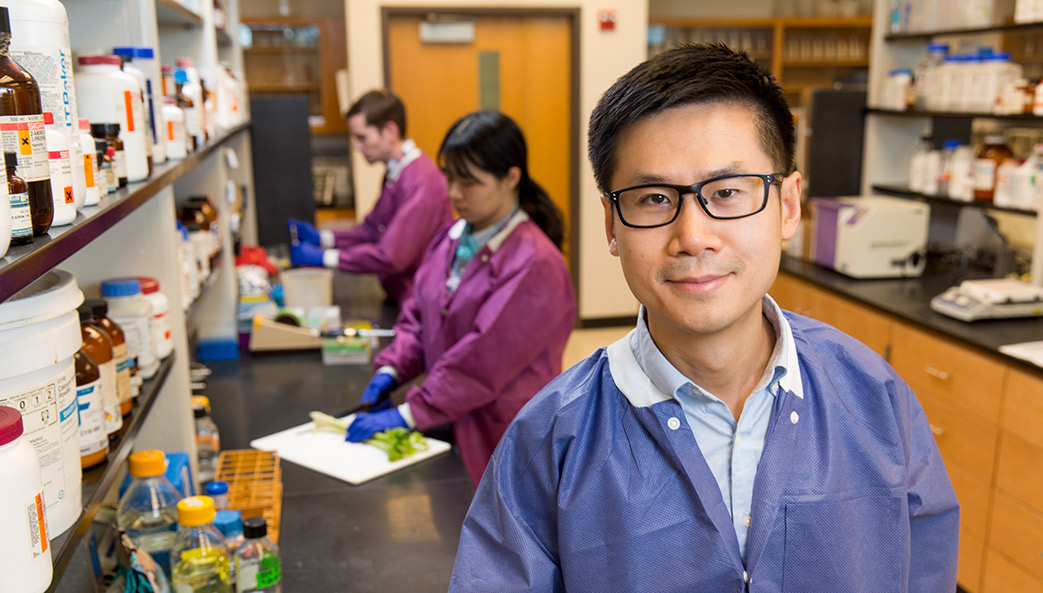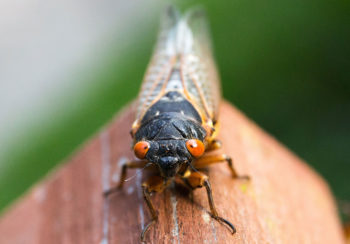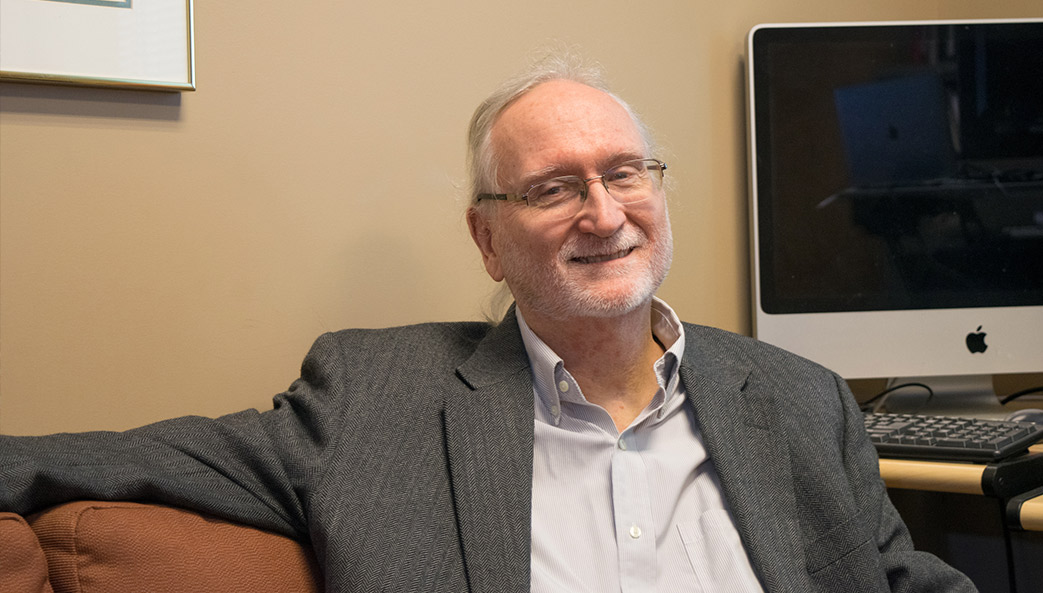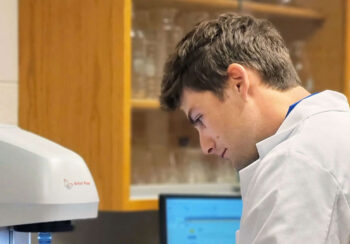Quick, efficient pathogen detection is essential—and often lifesaving when it comes to preventing foodborne illness. Now, UGA food scientist Xiangyu Deng has created a system that can identify foodborne pathogens in a fraction of the time taken by traditional methods.
“In outbreaks, time is very important. When a pathogen is detected in food, we then have to determine its subtype, or fingerprint,” says Deng, assistant professor of food microbiology at the UGA Center for Food Safety in Griffin. “We need to shorten this process to the least amount of time possible.”
Currently, detecting and subtyping the pathogen are separate processes, but Deng combined these two steps through a process called “quasi-metagenomics analysis.” His work was featured in the journal Applied and Environmental Microbiology.
“To prevent a pathogen from spreading, you have to first identify it by studying its DNA signatures. Sometimes you only have a few cells of the pathogen in a food sample, just a tiny fraction of the resident microbial populations on the food,” he says. “You could sequence the entire sample [of food] to identify the pathogen inside it, but that would not give you enough pathogen DNA signal for identification.”
Traditionally, the pathogen is separated from the food sample by growing it in bacterial cultures, which takes about a week by standard protocols, Deng says. To shorten this process, researchers in his lab apply tiny magnetic beads coated with antibodies that pull the pathogen cells out. Then they amplify the DNA of the captured pathogen cells so they have enough DNA to sequence.
“Using a new, very small sequencing tool that’s about the size of a USB drive, we can sequence while capturing the data in real time,” Deng says.
Compared to the mainstream genome sequencer that produces sequencing data after running for a day or two, the small sequencer generates enough data for pathogen detection and subtyping in about 90 minutes, he says.
Deng tested the process on raw chicken breast, lettuce and black peppercorn samples treated with salmonella, as well as on retail chicken parts that were naturally contaminated with different serotypes of salmonella. In one case, researchers detected and subtyped a small amount of salmonella from lettuce samples within 24 hours. This takes two weeks using standard methods.
This story appeared in the fall 2018 issue of Research Magazine. The original press release is available at https://news.uga.edu/scientist-creates-system-to-quickly-detect-food-pathogens/.






